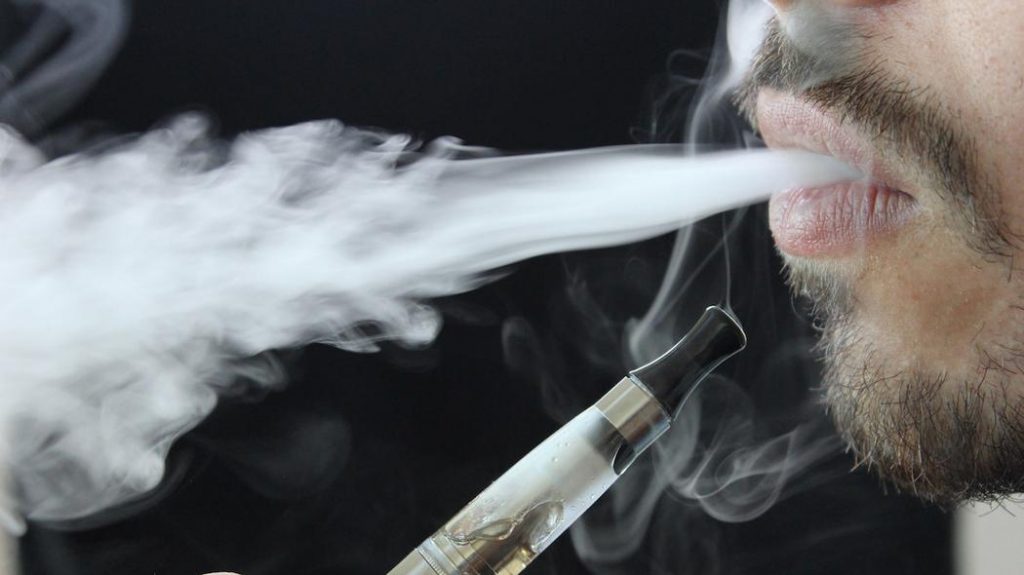For electronic cigarette smokers, vaping is an incredible alternative to conventional smoking. The number of British people smoking combustible cigarettes is shrinking with every passing year. Statistically, a fraction of over 15% adults are smoking in the UK. This has gone down from nearly 20% merely seven years ago. More significantly, since 2010, prevalence of smoking has fallen in the majority of younger age groups.
Consequently, the retail value of the health and wellness market in the United Kingdom has increased in the last five years from 23 billion euro to over 26 billion euro in 2017. The health and wellness trend which covers healthy eating, and staying fit physically and mentally is experiencing a lift throughout Europe with a significant increase in Western Europe’s market value. Since 2012, the market has surged from 127.7 billion euro to over 139.9 billion euro in 2016 and is expected to grow to 145.4 billion euro by the end of 2017.
The medical and economic advantages of inhaling vaping juices compared to filter cigarettes are there for all to see, but what about the vapour you exhale? Does it potentially bother those around us? More specifically does it cause passive smoking?
In the world of commercially-rolled cigarettes, passive smoking is the breathing in of smoke, termed second-hand smoke (SHS), or environmental tobacco smoke, by individuals other than the active smoker. SHS is smoke from lighting tobacco products, such as cigarettes, pipes, or cigars. It also includes the smoke breathed out by the smoker. As per medical research, tobacco filled cigarettes contain more than 7,000 chemicals, including hundreds that can cause cancer.
In light of the facts stated above, vapers can breathe a sigh of relief because it is medically proven that second-hand vapour does not contain any damaging chemicals or nicotine and that the only possible irritants could be the trace amounts of flavour. In medical terms, the exhaled vapour disintegrates and evaporates into the air. Also, there is no chemical reaction or molecular change. Lastly, there is no CO2 emission other than your normal breathing since nothing is being combusted.
Because secondhand smoke is not a problem with vaping, e-cigarettes have an enormous potential to save lives by providing the best alternative to smoking. Ongoing research can assist with this, and 2016 has seen the start of comprehensive studies, many of them commissioned by Cancer Research UK. As per the concluded ones, the chemistry of aerosols and liquids associated with e-cigarettes disclose that there is no indication that vaping produces chemicals that may cause health concerns.
Due to e-cigarettes being harmless many people are jumping on the trend to use them as they are healthier in comparison to smoking cigarettes. Not only is it a safer option for both you and the people around you whom would usually be breathing in your smoke, but there are hundreds of different vaping flavors for you to try which are considerably a far better option to nicotine. These flavors are high quality and are provided by numerous reputable e liquid brands in the UK (and the rest of the world).
Another study I found that examined the degree of secondhand exposure to nicotine and other chemicals from e-cigarettes was carried out by an Oxford PhD, named Jan Czogala. He concluded that vaporisers are a cause of second-hand exposure to nicotine, but not to poisonous substances emitted out of combustion.
He stated that the air concentrations released by an e-cig were averaging 0.82 to 6.23 g/m3 compared to which the average concentration of nicotine formed by smoking cigarettes is about ten times higher. The effect of second-hand exposure to vulnerable population such as the elderly, children, pregnant women, and those people with health complications such as heart diseases and respiratory disorders was shown to be insignificant.
Another study by the International Journal of Environmental Research and Public Health examined the presence of carbonyl and phenolic compounds in e-cigarette vapor. It should be noted that both of these chemical compounds can cause health issues upon overexposure. However, the findings discovered that the compounds are not a cause of concern for second-hand exposure. Precisely, the exhaled e-cig aerosol does not intensify a bystander’s exposure to carbonyls and phenolics above the levels recorded in respired breaths of air.
Furthermore, a 2014 survey of 19k electronic cigarette users found that 88% believed that e-cigs are safer than conventional tobacco-infused cigarettes and 11% believed that e-cigarettes were harmless. More critically, according to the U.S. Center for Disease Control and Prevention, only 22% of adults thought that passive vape aerosol could cause harm to children.
Lastly, another study conducted by the Journal Tobacco Control to analyse the types and levels of flavour chemicals in thirty different refillable e-juices, including the following popular flavours such as tobacco, menthol, vanilla, cotton candy, and bubblegum. The findings revealed that in most of the liquids tested, the flavour chemicals accounted for about 1% of the refill liquid volume, while the rest had less than 3% flavouring chemical content.







